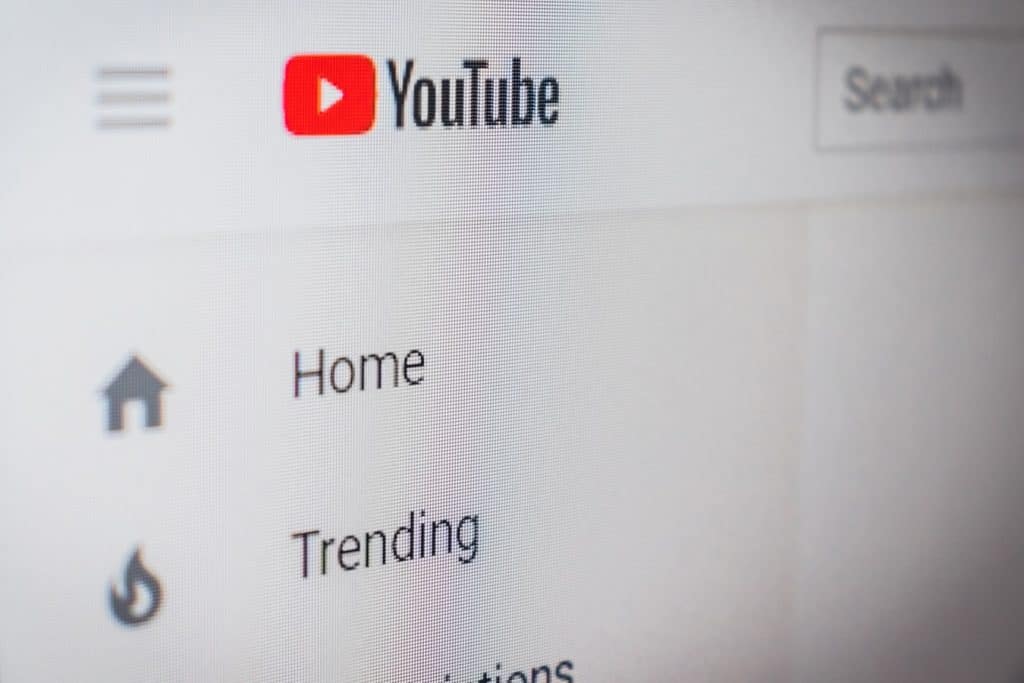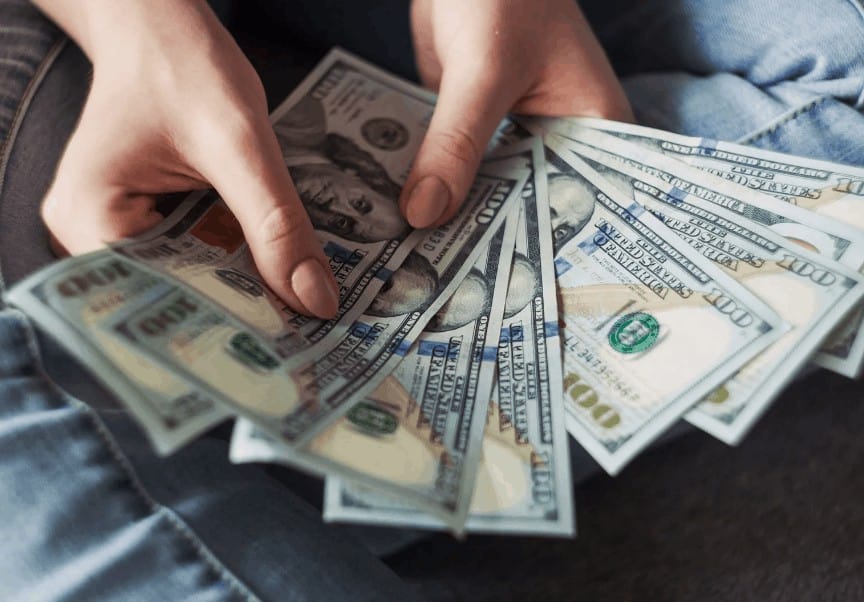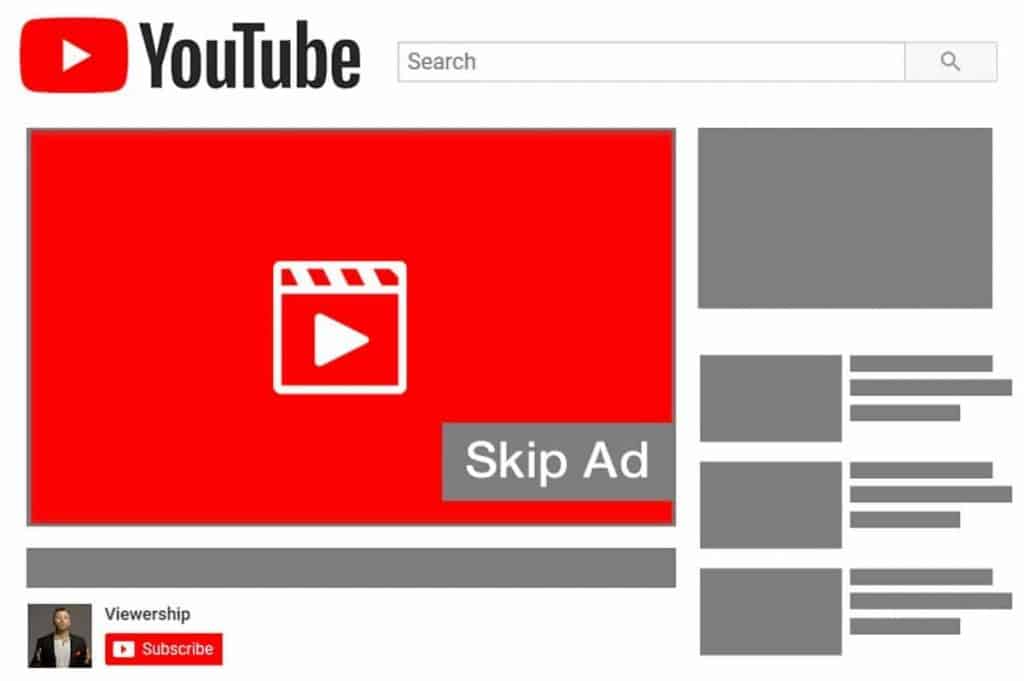YouTube has not been one to shy away from making changes in a bid to keep up with the competition in recent years. From giving YouTubers the option to provide paid memberships to their users as an alternative to services like Patreon, to adding live-streaming to compete with Twitch.
I recently dived deep into everything we know about YouTube shorts – One of their more recent additions is YouTube Shorts, which could be seen as a move to compete with the likes of Snapchat, Instagram, and even Facebook to a degree. Of course, in typical Google fashion, not everything they implement is clearly explained and easy to understand.
YouTube Shorts’ rollout left a lot of questions for users due to its almost unofficial system of placing a hashtag in the description. Things are more clear now, of course, but now that Shorts are a more integrated part of the YouTube platform, many users still have questions over the monetization aspect of it.
Yes, YouTube Shorts CAN be monetized! From 2023 YouTube will be adding adverts to YouTube shorts and revenue shared with creators 45/10/45 with the 10% being for music licensing.
What Are YouTube Shorts?
You might be reading this and wondering “what the hell is a YouTube Short?”, but don’t worry, we’re going to fill you in.
YouTube Shorts are essentially YouTube’s answer to Instagram and Facebook Stories. They are short videos—less than 60 seconds to be precise—that are intended for continuous consumption. In essence, YouTube wants viewers to sit and watch several Shorts one after the other, with the ultimate aim being to keep those viewers on the website for longer. Many of us will happily sit through a 10-15 minute video, and if YouTube can put the right Shorts in front of a viewer, that 10-15 minute window could see them viewing 15-30 Shorts (many Shorts are much less than 60 seconds). These videos are primarily made for mobile viewing, something that is evident when you look at the portrait aspect ratio. While regular YouTube is the kind of experience you can set up in front of your computer or laptop head off down the rabbit hole, YouTube Shorts is more of a “kill five minutes at the bus stop” kind of experience.
Where Is The Money?
If you think about this from a YouTube-centric point of view, you might notice a problem with YouTube Shorts when it comes to generating revenue. If the aim is to keep users watching these short videos, you can’t really go sticking advertisements in between because it will dramatically increase the chances of the viewer clicking away. YouTube knows this, of course, which is why they don’t run advertisements on YouTube Shorts.
With that in mind, where is the money coming from?
In short, the answer is nowhere. With no ad being run against YouTube Shorts, there is no money coming in for those views. It could be argued that there is some revenue coming from YouTube Premium users, but that money is coming in regardless. And, since there are no ads on YouTube Shorts, they are unlikely to bring in new YouTube Premium subscribers since the biggest attraction of that service is the removal of ads.
Why Have Shorts If There’s No Money In It?
Just a quick note; there’s no money for YouTube. YouTubers can still get paid, more on that below.
Ultimately, as much as we might like to believe that our favourite companies are acting in our best interests, all decisions ultimately come back to money. YouTube Shorts may not directly make YouTube money, but their inclusion has been judged good for YouTube’s bottom line in the long run.
The most obvious way this works is by exposing viewers to more content. As mentioned above, in the same amount of time you might take to watch one 15 minute video, you could watch 20 Shorts. The more content you watch, the better idea YouTube’s algorithm gets of what you like, and the more successful it can be at recommending content to you. That in turn increases the likelihood of you sticking around, which increases the opportunity to serve you ads. There is also an argument to be made that adding this alternative way of consuming media may attract users that wouldn’t typically spend that much time on YouTube, though we’re not sure TikTok will be quaking in their boots at the thought of YouTube Shorts.
YouTube Shorts Fund Explained
We’ve teased you enough. How do you make money from YouTube Shorts? Through the YouTube Shorts Fund. Since there is no revenue being directly generated from YouTube Shorts, YouTube has to create their own incentives for creatives, and they’ve done this in the form of the YouTube Shorts Fund.
This is a $100M fund set up to reward creators. Bonuses are awarded monthly to creators who have had success with their Shorts, with YouTube stating that they’ll reach out to “thousands” of creators each month to award between $100 and $10,000, which is paid directly into your AdSense account. There is no stated qualification criteria, such as a certain number of views, so the recipients of these bonuses would appear to be entirely at YouTube’s discretion at this stage.
There are some criteria you have to meet in order to be eligible for a YouTube Shorts Fund bonus, however;
- Have uploaded at least one eligible Short in the last 180 days
- Channel must abide by community guidelines
- Channel must not be uploading unoriginal content or content with watermarks (like the TikTok logo)
- Creator must be in an eligible region (see link above)
- Creator must be 13 years (or the age of majority outside of United States)
- Creators under 18 must have a parent or guardian accept terms and set up an AdSense account.
Channels do not need to be monetized in order to be eligible for the YouTube Shorts Fund, however, but you will still be eligible if you are part of the YouTube Partner Programme or an affiliate under a Multi-Channel Network.
Top 5 Tools To Get You Started on YouTube
Very quickly before you go here are 5 amazing tools I have used every day to grow my YouTube channel from 0 to 30K subscribers in the last 12 months that I could not live without.
1. VidIQ helps boost my views and get found in search
I almost exclusively switched to VidIQ from a rival in 2020.
Within 12 months I tripled the size of my channel and very quickly learnt the power of thumbnails, click through rate and proper search optimization. Best of all, they are FREE!
2. Adobe Creative Suite helps me craft amazing looking thumbnails and eye-catching videos
I have been making youtube videos on and off since 2013.
When I first started I threw things together in Window Movie Maker, cringed at how it looked but thought “that’s the best I can do so it’ll have to do”.
Big mistake!
I soon realized the move time you put into your editing and the more engaging your thumbnails are the more views you will get and the more people will trust you enough to subscribe.
That is why I took the plunge and invested in my editing and design process with Adobe Creative Suite. They offer a WIDE range of tools to help make amazing videos, simple to use tools for overlays, graphics, one click tools to fix your audio and the very powerful Photoshop graphics program to make eye-catching thumbnails.
Best of all you can get a free trial for 30 days on their website, a discount if you are a student and if you are a regular human being it starts from as little as £9 per month if you want to commit to a plan.
3. Rev.com helps people read my videos
You can’t always listen to a video.
Maybe you’re on a bus, a train or sat in a living room with a 5 year old singing baby shark on loop… for HOURS. Or, you are trying to make as little noise as possible while your new born is FINALLY sleeping.
This is where Rev can help you or your audience consume your content on the go, in silence or in a language not native to the video.
Rev.com can help you translate your videos, transcribe your videos, add subtitles and even convert those subtitles into other languages – all from just $1.50 per minute.
A GREAT way to find an audience and keep them hooked no matter where they are watching your content.
4. PlaceIT can help you STAND OUT on YouTube
I SUCK at making anything flashy or arty.
I have every intention in the world to make something that looks cool but im about as artistic as a dropped ice-cream cone on the web windy day.
That is why I could not live on YouTube without someone like PlaceIT. They offer custom YouTube Banners, Avatars, YouTube Video Intros and YouTube End Screen Templates that are easy to edit with simple click, upload wizard to help you make amazing professional graphics in minutes.
Best of all, some of their templates are FREE! or you can pay a small fee if you want to go for their slightly more premium designs (pst – I always used the free ones).
5. StoryBlocks helps me add amazing video b-roll cutaways
I mainly make tutorials and talking head videos.
And in this modern world this can be a little boring if you don’t see something funky every once in a while.
I try with overlays, jump cuts and being funny but my secret weapon is b-roll overlay content.
I can talk about skydiving, food, money, kids, cats – ANYTHING I WANT – with a quick search on the StoryBlocks website I can find a great looking clip to overlay on my videos, keeping them entertained and watching for longer.
They have a wide library of videos, graphics, images and even a video maker tool and it wont break the bank with plans starting from as little as £8.25 ($9) per month.




































































